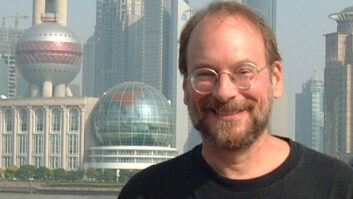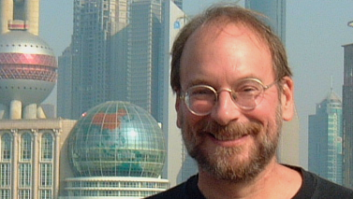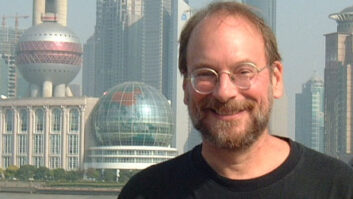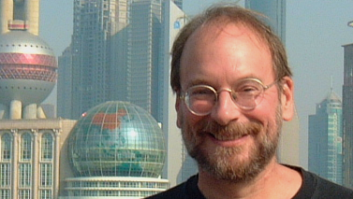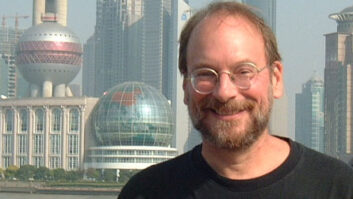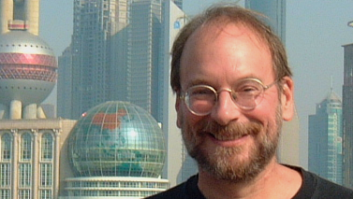
I blame YouTube.
Well, maybe not totally. There’s also society’s fascination with technology. That’s understandable— we hold the power of yesterday’s mainframe computers in Samsung’s cheapest smartphone. We can send music, video and text across continents in seconds. No one needs postage-paid envelopes for utility bills because we receive bills online and pay via online banking.
And now, most of our art involves technology. But does fascination with the technology of music distract us from the art of music technology?
I went on a mission to find YouTube videos about how to make better music, not how to make better-sounding music. I wanted to see advice on how to bring out emotion and expressiveness, and use technology to further the creative process.
One video summed up my problem with many videos about music technology. A guy talked about how “pros” get their vocal sounds. He took a vocal, then groove-quantized a copy to make timing differences that created ersatz doubling. He then detuned the copied track slightly, and added an imager to expand the stereo spread. Next was an octave-lower copy (with formant tweaks) mixed behind the vocal. On playback, when the vocal came on, he bobbed his head approvingly to show how much he was grooving on the vocal. Then, to prove why these techniques were so cool, he bypassed the extra tracks and effects, and we were back to the raw vocal.
I liked it so much better.
This isn’t a diss on the guy. He was excited about technology’s possibilities, as am I. I’ve used some of those techniques myself. But just as the right amount of spice can amplify the flavor of food, too many spices can mask the taste. Had I been asked to produce that vocal, I would have added a gain envelope to spotlight some of the most human vocal qualities, and limited it lightly to bring up the average level. Done. Although that’s probably not what the producer wanted, it was all that the vocal needed to be more expressive.
THERE MUST BE MORE
But saying what I would have done is still about the technology, not the art. The “art” statement would be to let the vocal speak for itself. Overlaid effects can obscure emotion. My advice for the art would be to see how many effects you can remove, not how many you can add.
I looked for YouTube videos about how to make DAWs part of the creative process. I expected something that would extol the virtues of non-linear recording—like if you come up with a catchy riff, record it and figure out what to do with it later. Or if a song’s beginning isn’t punchy enough, what about stealing part of the chorus to start off the arrangement with a bang?
Craig Anderton’s Open Channel: Living With Uncertainty
But the next video said the secret to arranging was to find a great example of music in the genre you’re doing, load it as a reference track, and mimic the arrangement. Another video was about how to use automation. That got my hopes up: Automation is great because you can treat a mix like a live performance. Use a hardware control surface, think of yourself as a conductor, and put your feel into the fader motions. If the mix is great, automation preserves it. If not…do it again. But the video covered using a mouse to change synth parameters during a song. Well, that’s better than nothing.
The next video was about using a company’s canned MIDI loops to create hit tracks like the pros. Or, at least, tracks like those made by anyone else who bought the same loops. Uh…okay.
Next up: a video describing an arrangement’s elements—chorus, verse, etc. That’s certainly useful information. But I think people would also benefit from a YouTube video that relates these concepts to the arrangement tracks in DAWs, which are manna from Heaven for songwriting. Then another video said the secret to hits was making hummable melody lines…but didn’t say always have your DAW recording, and a mic plugged into your interface, in case lightning strikes while you’re humming.
TECHNOLOGY-ART PARTNERSHIP
Granted, a lot of YouTube videos relate to EDM, but this isn’t a “kids, get off my lawn” moment. It’s a “kids, you’re not being given the collective wisdom that songwriters, engineers and musicians have learned over decades, to which you can then add your own creative twists in our wonderful new world of music technology” moment. Every EDM-related production I’ve done folded in what I learned from the art of other genres. And I’ve been involved in various “new age” productions not because of my experience in that field, but because of what I could bring from rock and classical music.
It’s time to stop thinking of computers and DAWs solely as technology to record and mix music. They can be partners in the art of creativity, multiply our options, and expand our boundaries—not suit us up into the same kind of straitjackets that have plagued other forms of popular music over various decades.
The best drum ‘n’ bass live act I ever saw was—a drummer and a bass player. They had the electronic sound and flash of DnB, but the emotions of humans in control. They got their art/technology balance just right.
